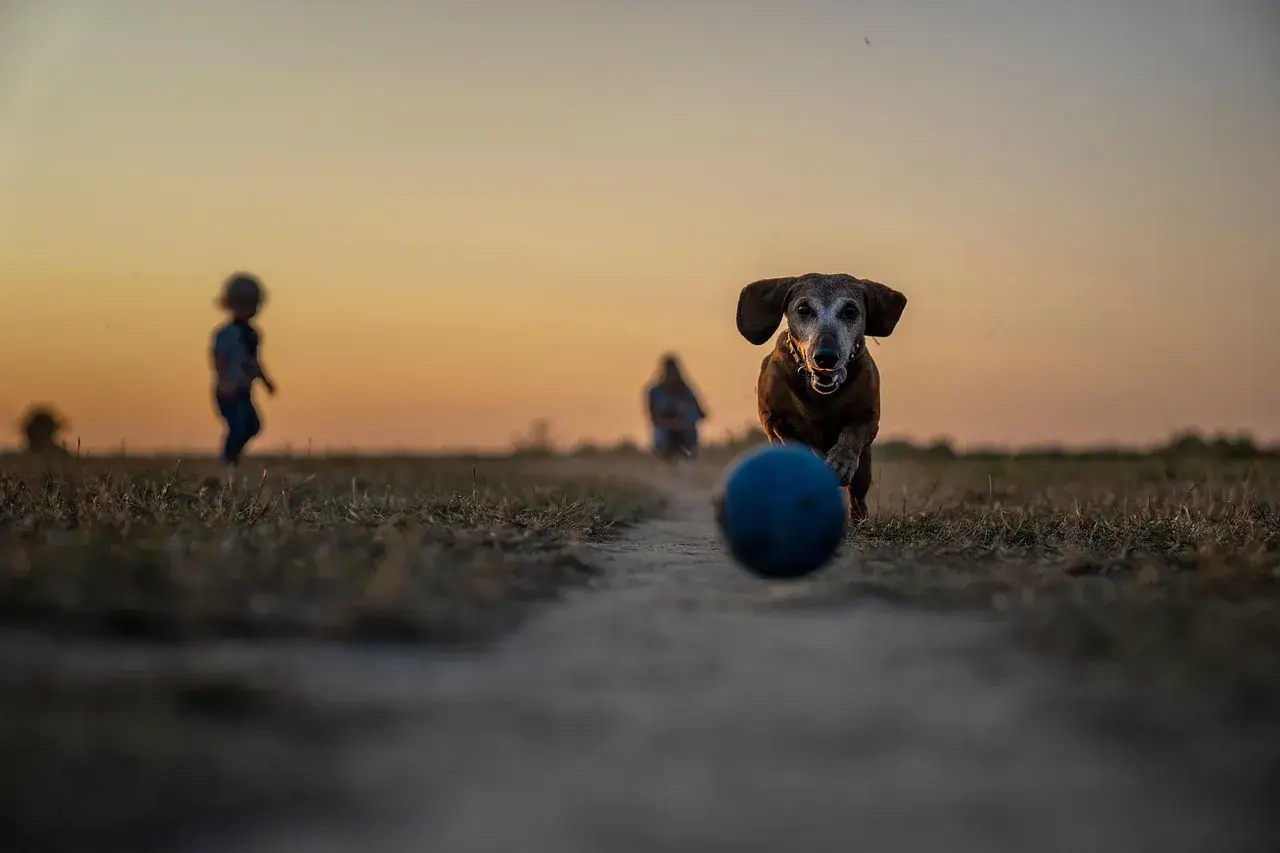
Can a Blind Dog be Happy? - Part One
Can my blind dog still live a great life? At Apex Veterinary Ophthalmology Specialists, our veterinary ophthalmologists hear this question fearfully asked almost every day. The short answer is a resounding "yes". Blind dogs can have a great quality of life. We met and work with inspiring, happy blind dogs often. It is from their stories that we know blind dogs can have a great quality of life and they will need your help.
Dogs respond differently to blindness based on a number factors. These factors include:
- Rate of vision loss
- Age at the onset of vision loss
- Concurrent comorbidities (A comorbidity is defined as the simultaneous presence of two or more diseases in one patient. For example, a patient with both heart disease and arthritis.)
- Hearing loss
- Diabetes mellitus
- Heart disease
- Kidney disease
- Skin disease
- Ability of the family to support the patient
In this part one of a three part series, let's discuss how rate of vision loss, age, simultaneous diseases, and hearing loss can impact a dog's ability to adapt to vision loss while remembering that every dog is unique.
Rate of vision loss. Was the onset of blindness fast or gradual? Fast vision loss is more startling. It takes time to adapt and to learn to use other senses to perceive the world. With slow vision loss, for conditions like inherited retinal atrophy (PRA, PRCD), the loss of vision starts at birth and the family does not realize there is a loss of vision until 80-90% of sight is gone. That’s because the dog has been adapting and compensating so well for a long time. The loss of sight with inherited retinal atrophy (PRA, PRCD) is similar to having a rheostat (dimmer switch) placed on the sun. Every day the brightness of the world deteriorates until it finally becomes a challenge to perform everyday tasks - like finding the ball, walking up the stairs, taking a right turn into the kitchen. WIth gradual vision loss, a dog typically presents to our team happy, engaged, and out-going. Nothing has changed for them in the days or weeks before their exam. It's the families that up for a unexpected and unwanted diagnosis as their world is temporarily turned upside down when they learn that their pet is blind due to a condition that has no cure.
Age plays an indirect factor in adaption to vision loss. Generally, younger dogs adapt more quickly to becoming blind than older dogs. I do not think this is because of the chronological years of the patient but rather, an older dog has increased odds of having another comorbidity. A comorbidity is defined as having two or more diseases, or physical ailments at the same time. Life is harder when more disease processes pile on. One example is of a comorbidity impacts an older dogs ability to adapt to losing sight is arthritis. A dog who loses vision and has arthritis will have a harder time than a dog without arthritis. Errors in judgement due to poor vision, like missing the last step, stepping off the path of a sidewalk or hiking trail, tripping over a rock, will hurt more when they are compounded by arthritis. So a blind dog with arthritis will be reluctant to go on a walk and disengage with their family. Thankfully, there are effective treatments that will improve comfort in dogs with arthritis and many causes of vision loss in dogs can be corrected with vision restored.
Another example of a comorbidity that will impact a dog losing sight is hearing loss. When a deaf dog loses their sight, they may experience a “shut in” effect. Since they no longer perceive the world through hearing or sight, they have to rely on touch and smell. While a dog’s sense of smell is unfathomable to me, I do know how much smell can compensate for a combined loss of hearing and sight. Focusing on creating paths in the home directed by scents and tactile surfaces can greatly improve the quality of life for a dog with both hearing and vision loss, and actually restoring sight to a deaf canine patient is an experience like no other. With vision back, patients can rejoin their family and get back out there on walks, play fetch, and play the games that enjoyed prior to blindness.
At Apex Veterinary Ophthalmology Specialists, we learn every day. If you have a blind dog, please share your observations and experiences with us. (Click the Share Feedback Link in our website). There are so many inspiring lessons that our patient's teach us. The story of your dog may help other clients who face vision loss in their own beloved pet and build the bridge to a new and very happy life as a blind dog.
In upcoming Part Two of Adapting to Vision loss, we will discuss how diabetes impacts a dog's quality of life and their ability to adapt to vision loss.
Dr. Nuhsbaum is a board-certified, veterinary ophthalmologist. She works to improve the ocular comfort, vision, and quality of life of animals. Dr. Nuhsbaum is part of the team of experts at Apex Veterinary Ophthalmology Specialists.

